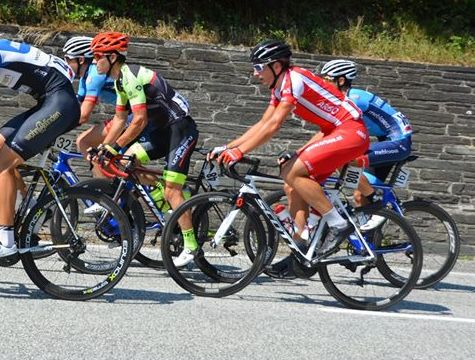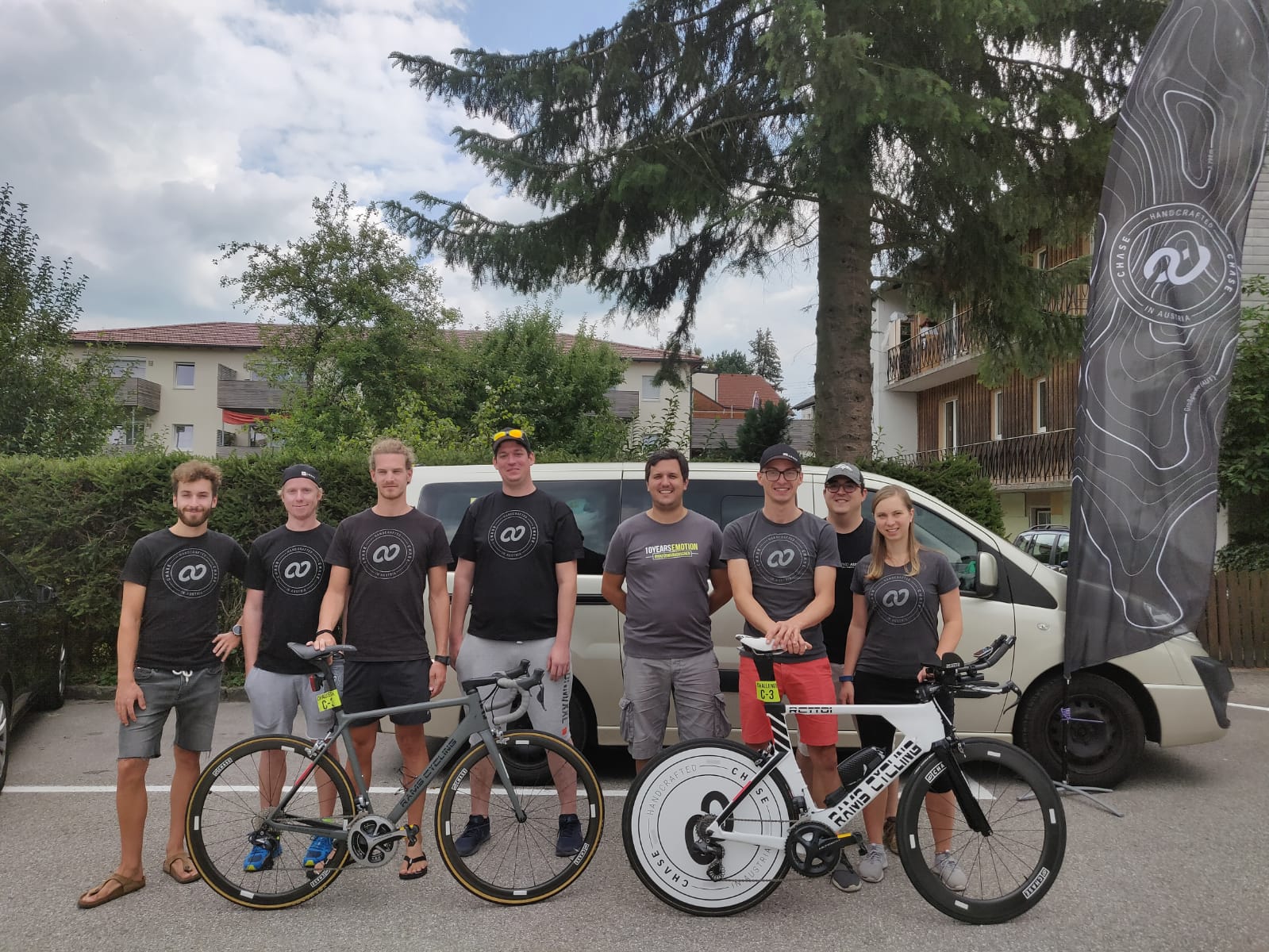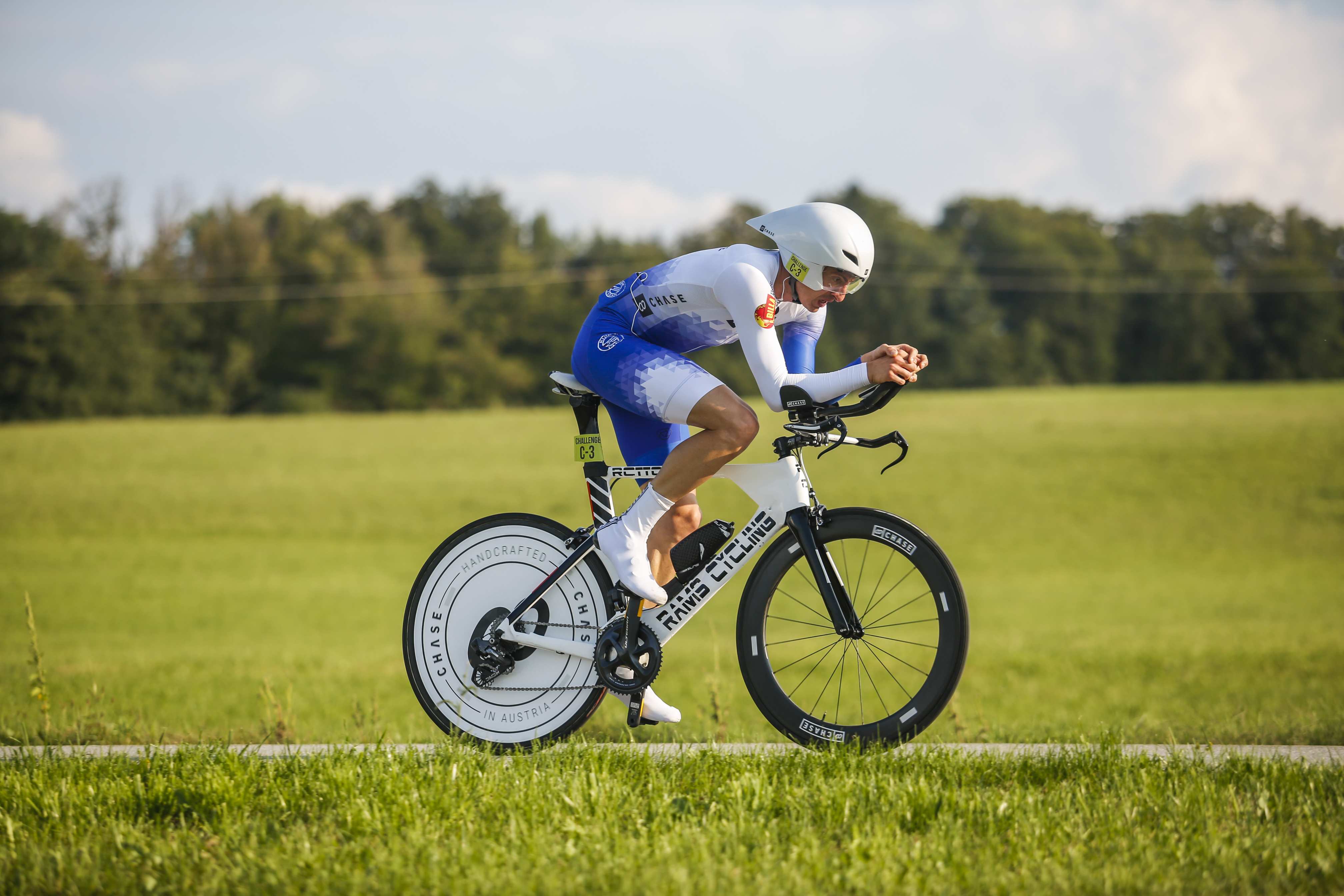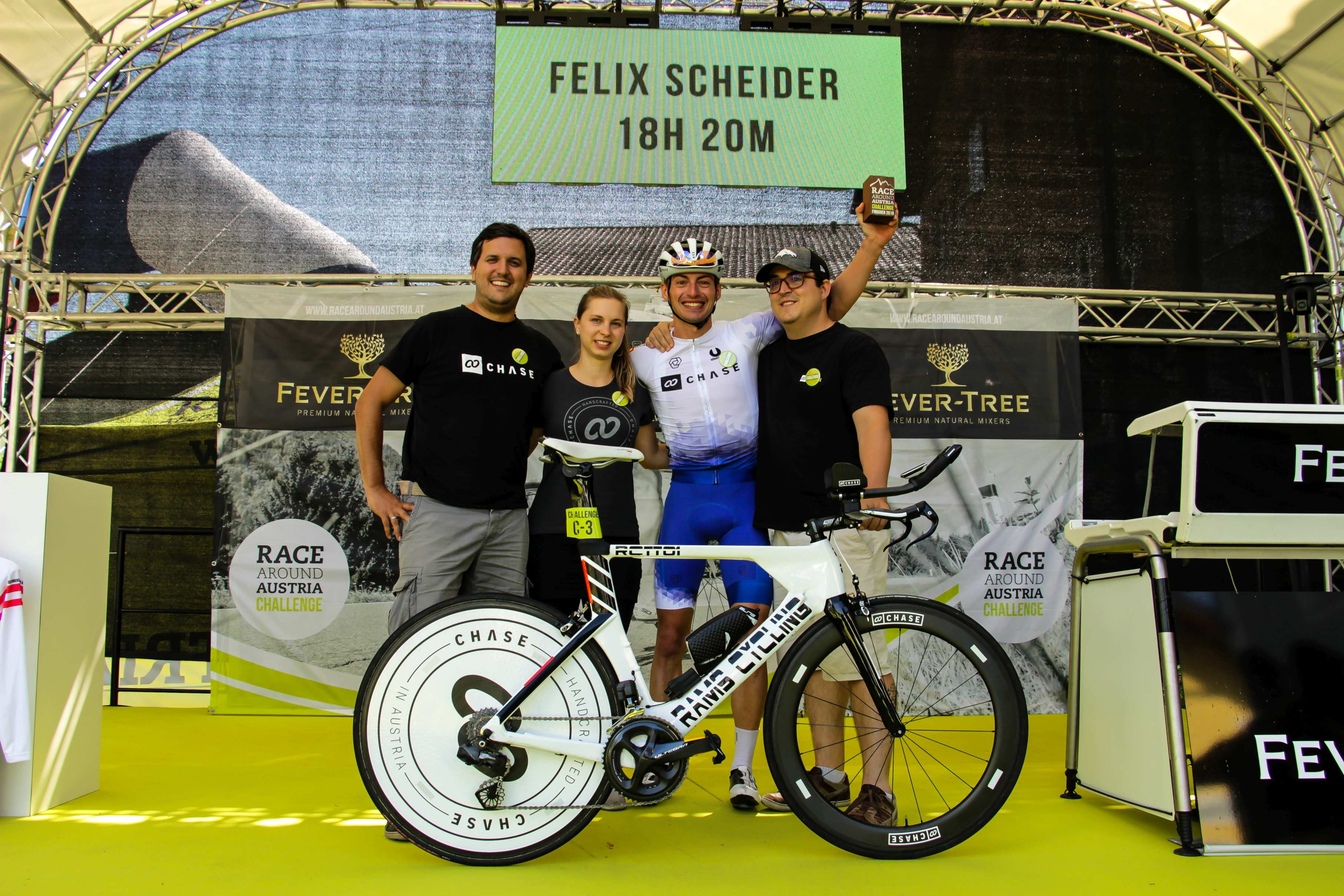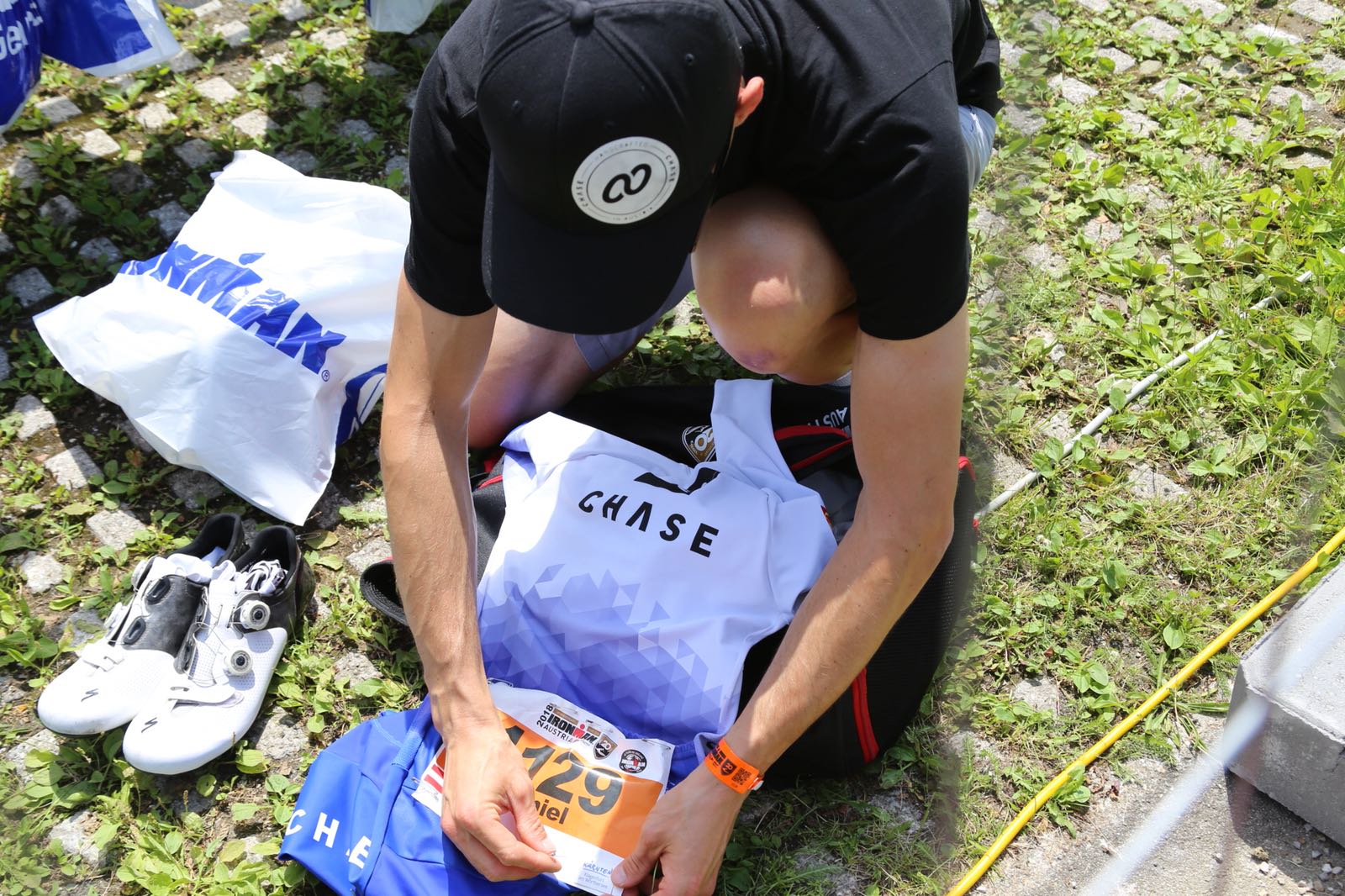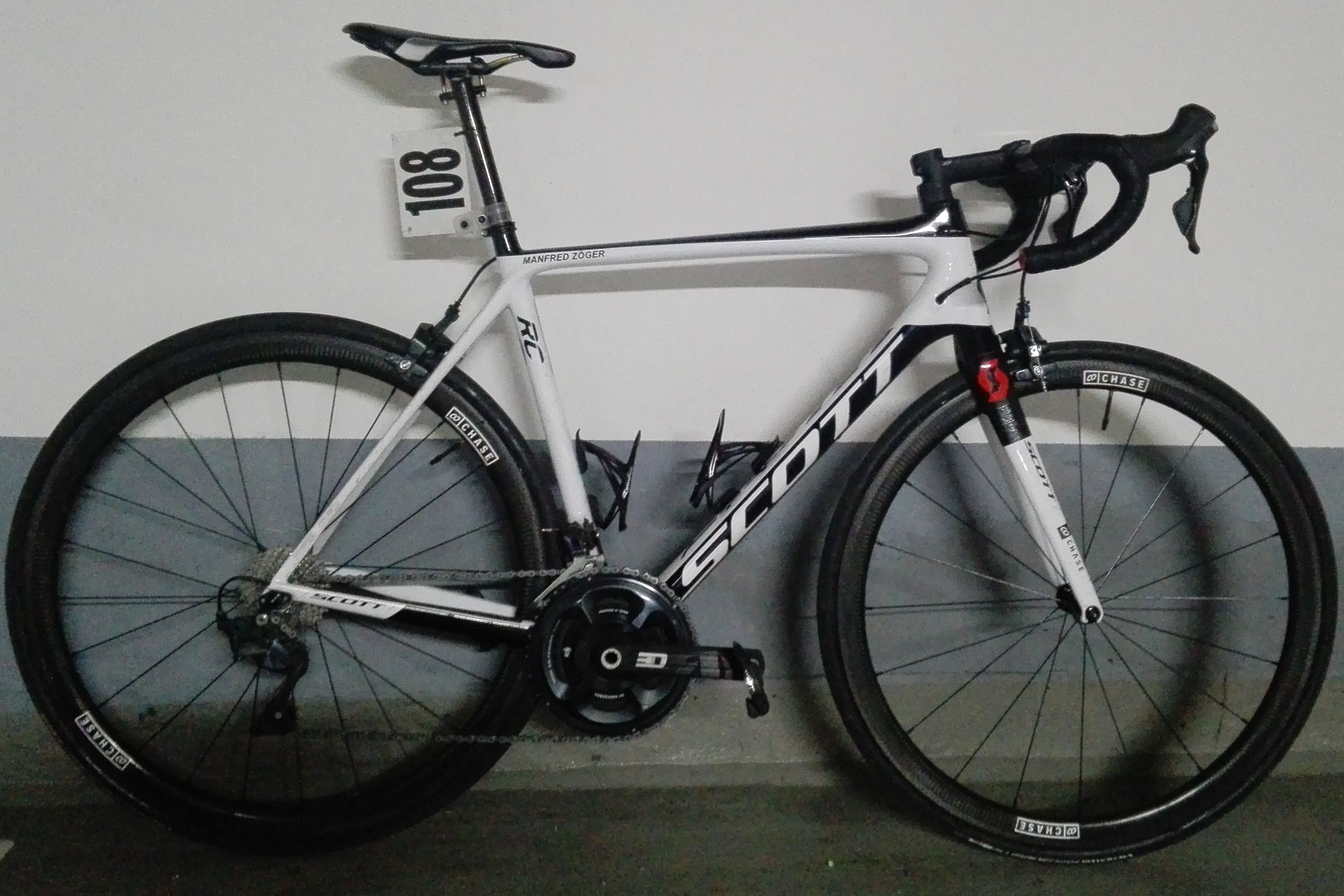A “Bucket-List” is a freely expandable leisure-ToDo list. For ambitious racing cyclists it usually includes the world-famous climbs such as the Stelvio Pass, Alp d’Huez or the Col du Galibier. To be a real challenge the Monte Zoncolan in Italy or the Alto de Angliru in Spain , they are among the toughest in Europe, extend the “once in a lifetime” drives. But all these asphalt passes reach a maximun height of 2500m above sea level. Considering other countries that are excellent for bike-driving, one reads of monumental climbs that have to overcome well over 3000 vertical meters.
On Taiwan’s east coast, at the Taiwan KOM Challenge, the participants are expecting such a mega climb.
The key data to get from the sea level to the Wuling Pass level is:
– length: 84km
– altitude difference: 3485m (pass height: 3275m)
– ramps with 12-27% incline
– a 10km long finale with an average incline of
10%
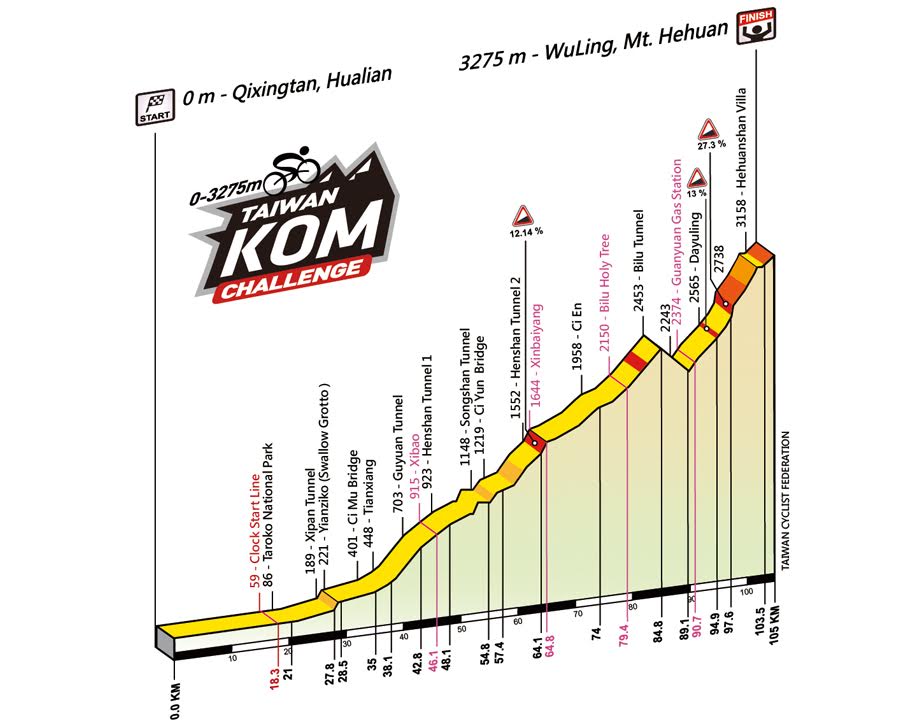
This data is hard to imagine at first glance, but after more than 250 elevations over 3000 meters, it becomes easily comprehensible. The Wuling Pass is Taiwan’s highest road.
For such an exposure only the lightest material comes into question. All possibilities to reduce weight on the body, clothing, bike and wheels are exploited.
The race starts at 6 a.m. at the pacific coast on the outskirts of Hualein with an 18km long neutralized phase. The temperatures during the day are at a pleasant 25°C, only slightly higher than at night. In the second row, behind active and retired professionals like Laurens Ten Dam and Emma Pooley, Felix went into the race very well positioned. The sun slowly rose over the horizon, there was only a little nervousness in the peloton.
Unitl the 18th kilometer the atmosphere was enjoyed, after the bridge over the river Shilin the starting signal sounded. The tactic for the first part of the race, over the short ramps and slight uphill sections was: Sticking to it as long as it’s possible and makes sense. At the top, as it was estimated, a high but irregular pace was set. The stepped waves into the Taroko Gorge temporarily required 400 watts to maintain contact with the first group. At 38 kilometers I decided to set my own pace and for a while I drove along with a smaller group. The group with two experienced locals set a time of four hours.

From the breathtaking gorge with it’s hundred meter-high cliffs the narrow road winds its way into the open, sunny terrain and offers sensational views over the valley. The watt-values fluctuate between 250 to 270 watts and the temperatures are still rising. The turns of the serpentines are constantly climbing and soon there are already 2000 meters of altitude on the Garmin.
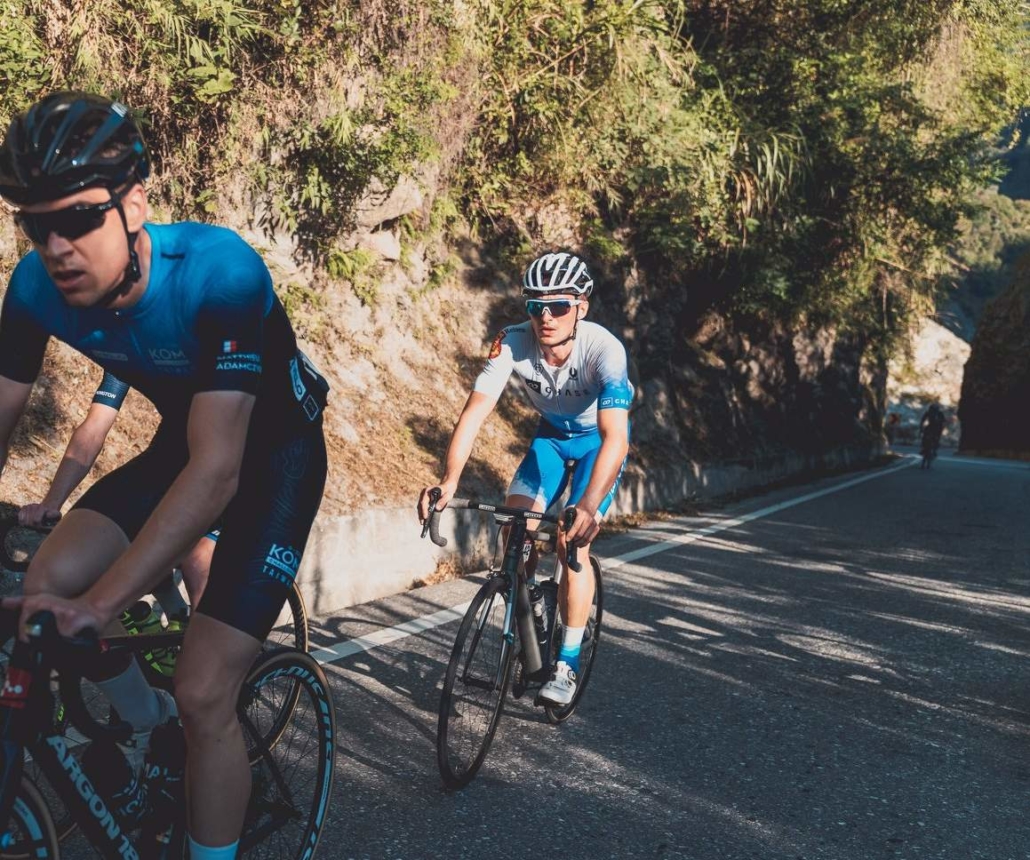
The tropical vegetation at the start of the race is increasingly giving way to conifers up to the long-awaited tunnel that initiates the short descent to the Guanyuan gas station. A more than welcome change, because after the refreshment station, according to many statements, the “second race” starts. There are another 15 kilometers to the finish line and the inclination continues to increase. Meanwhile the temperature has dropped to 15°C with strong sunshine and constant wind. The protection of the trees is decreasing. The remaining 10 kilometers have a constand inclination of 10% and where the air is already really thin there’s an 800 meters long trial with 27%. Even with a mountain-fit ratio of 34-32 the cadence is dropping sharply, the risk of cramping or even having to push the bike is high. Due to the conservative pacing in the middle part Felix still had reserves available that reached up to a short flat piece just before the finish line. With the pass height in mind, the last kilometer becomes an almost never ending ordeal. The saddle hurts and the breathing is rushed but the euphoria and ambition continue to turn the crank and wheels.
From turning into the Taroko Gorge to the finish line at 3275 meters, 4 hours and 35 minutes passed with a normalized power of 251 watts. In the international comparison with a high power density Felix was able to rank at place 109 out of 576 participants. The results are here.


